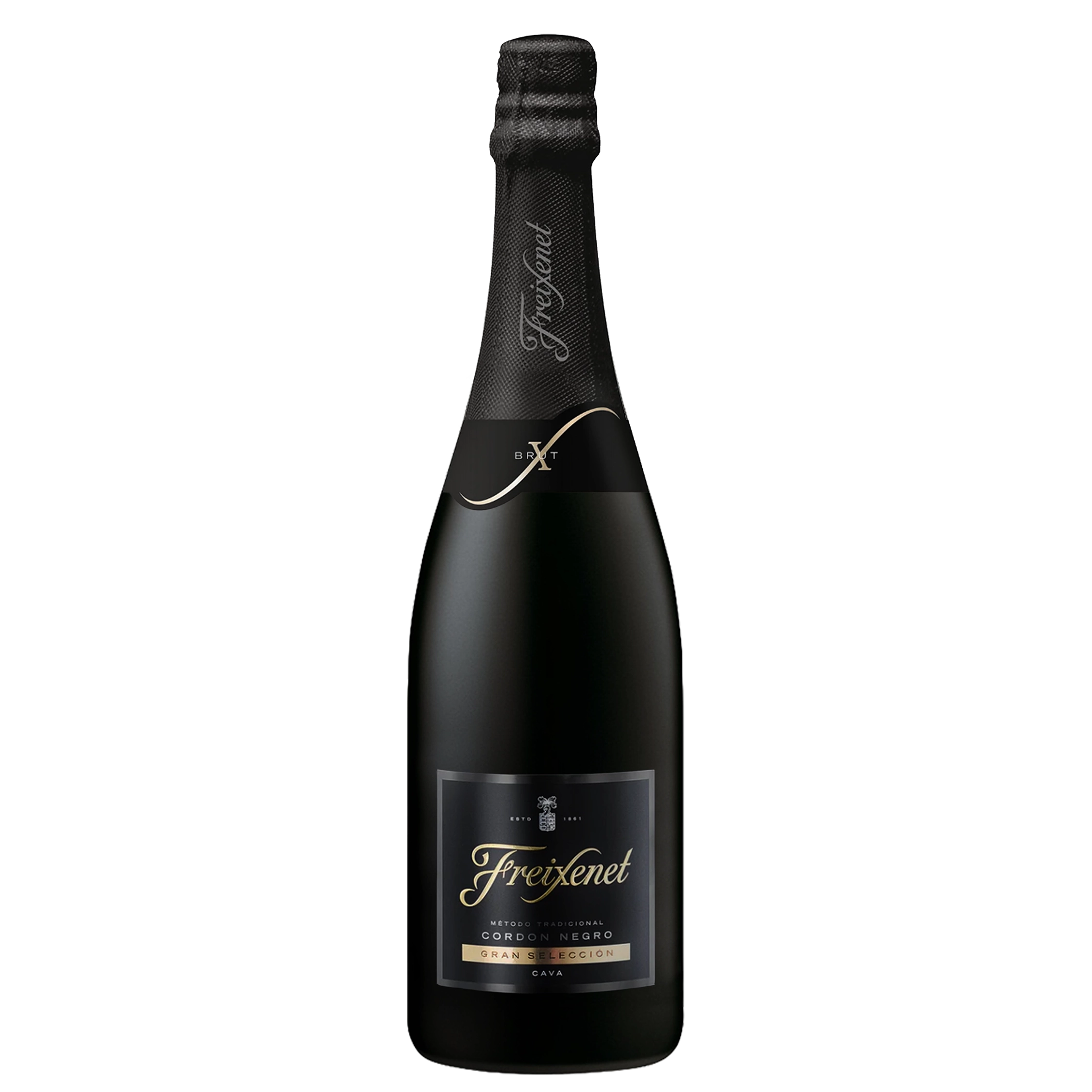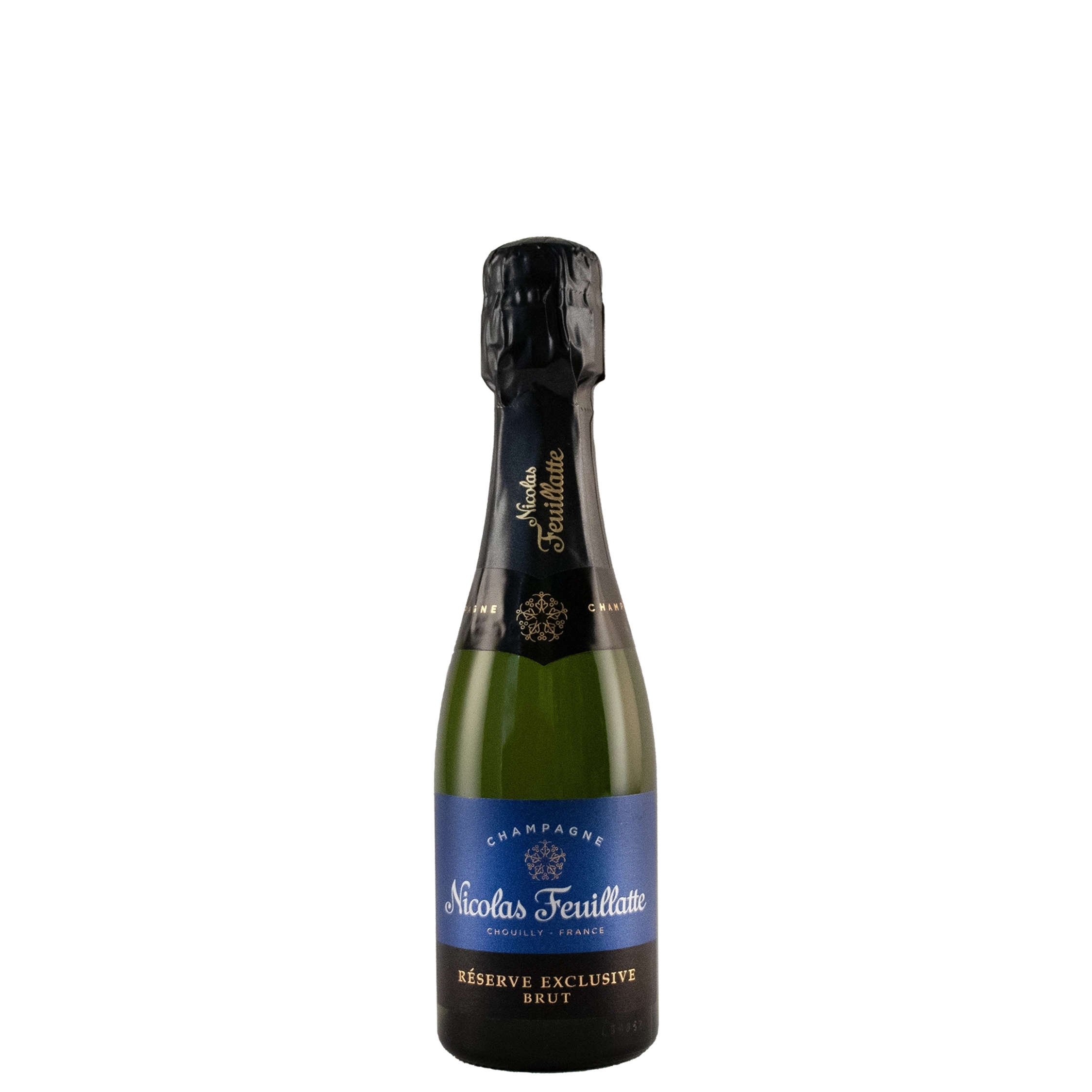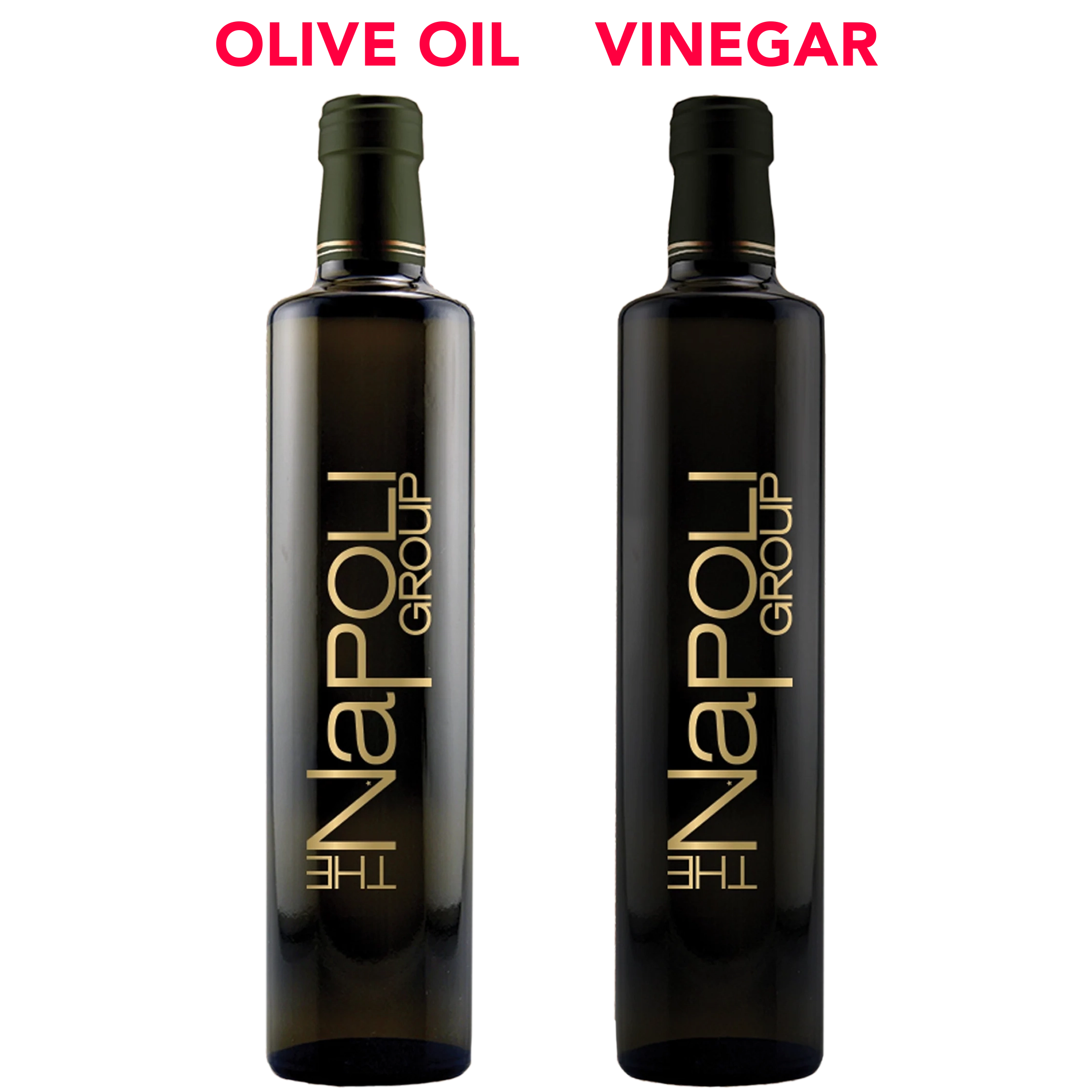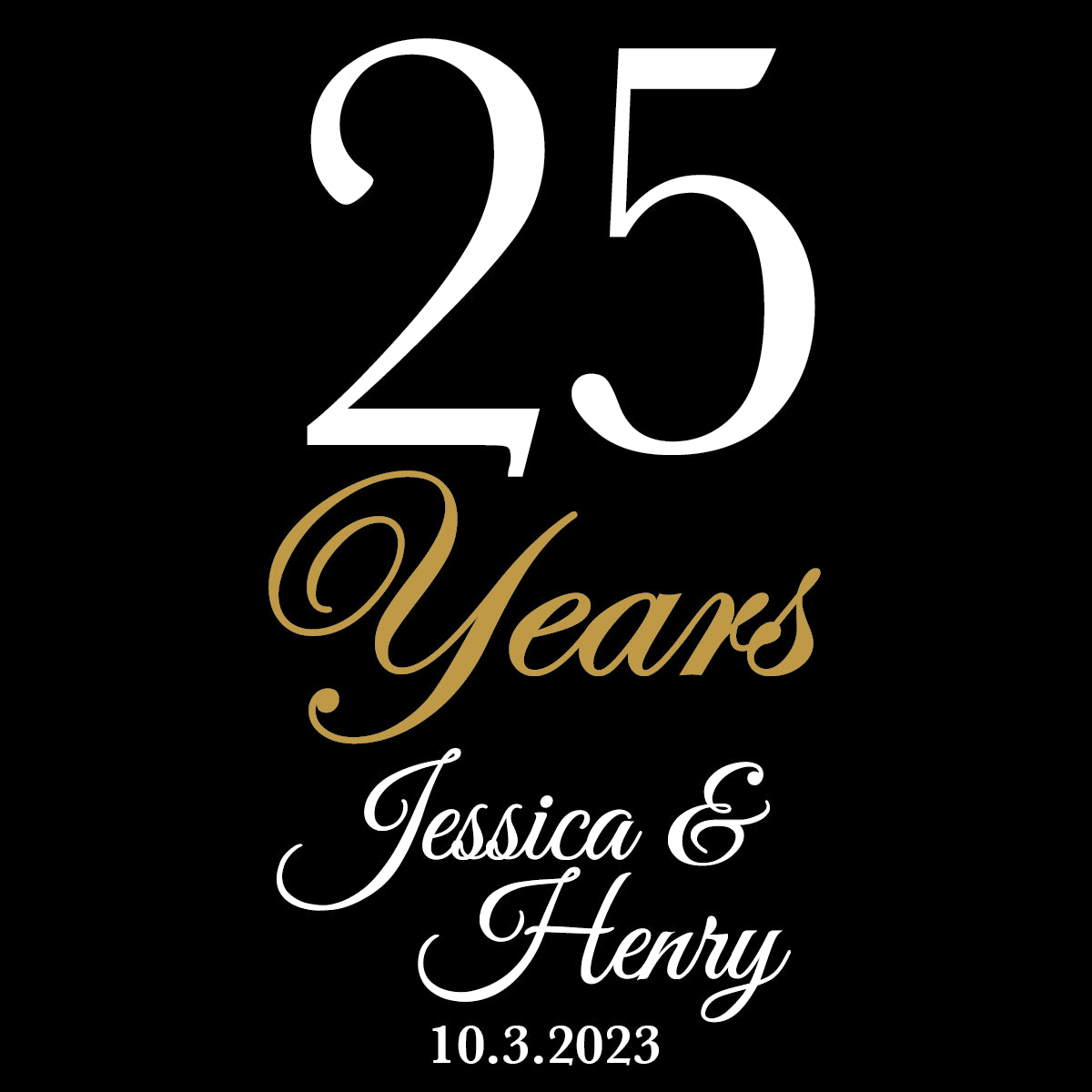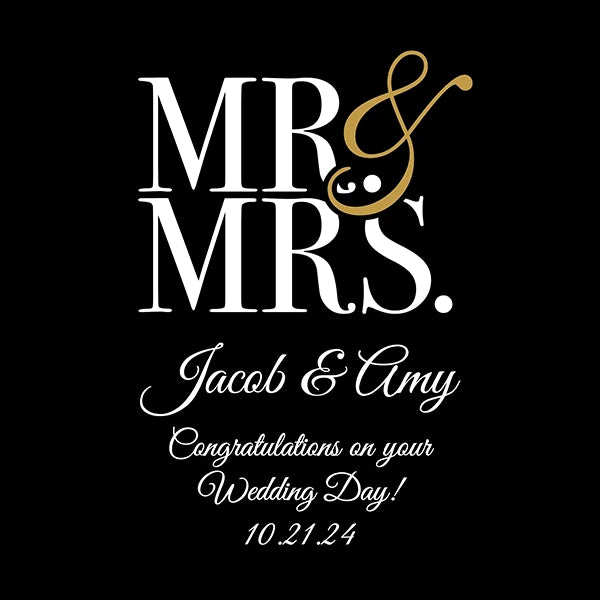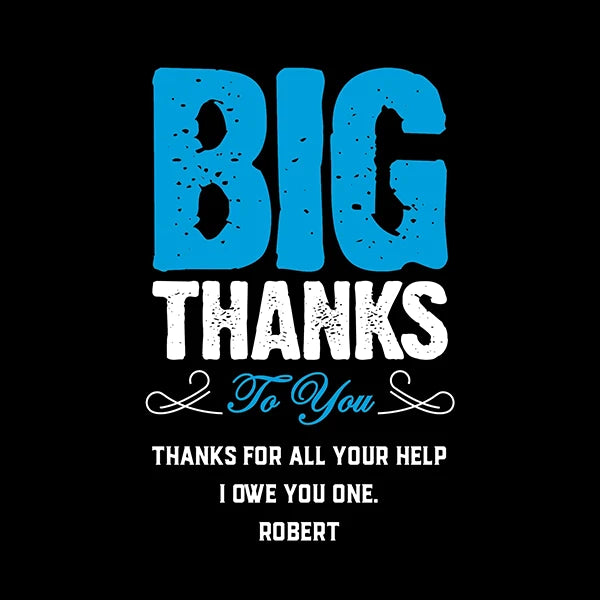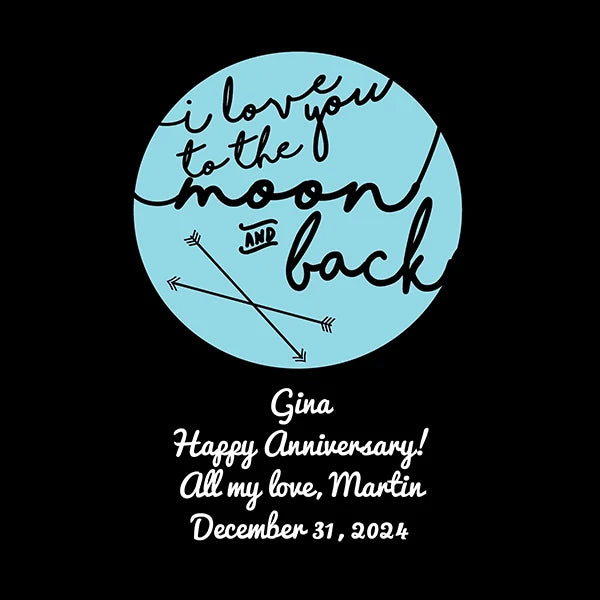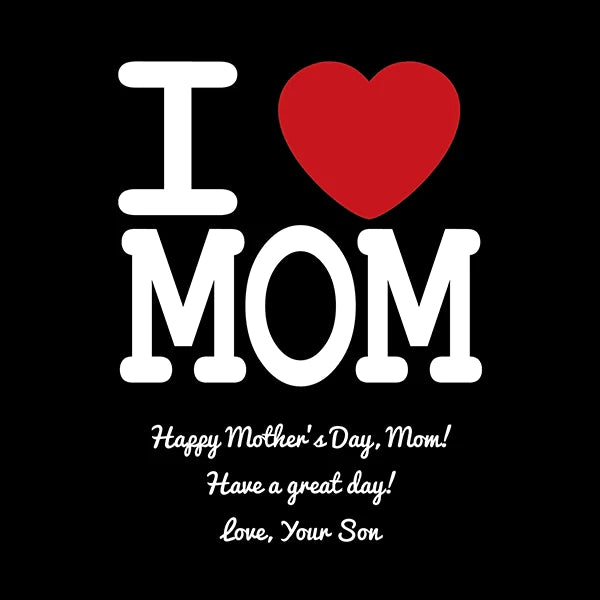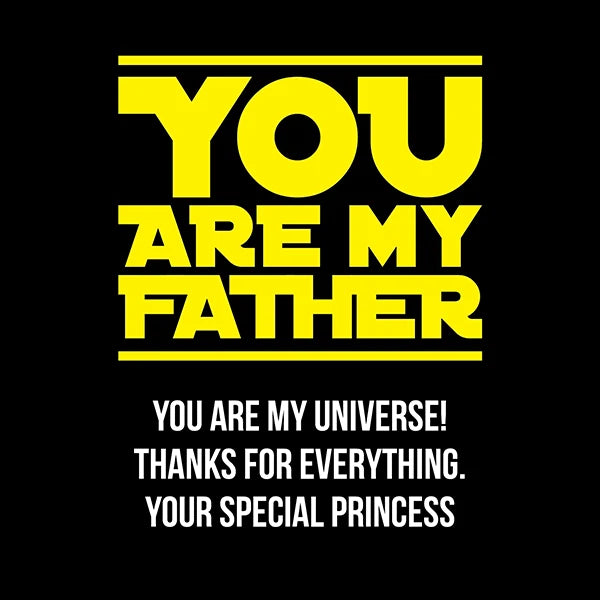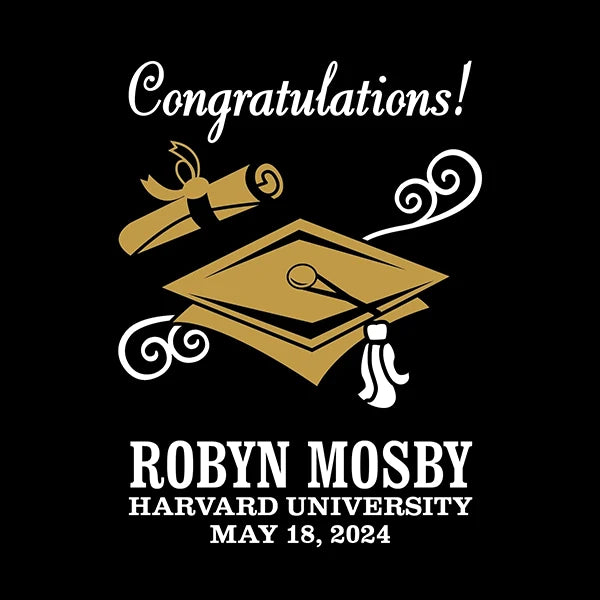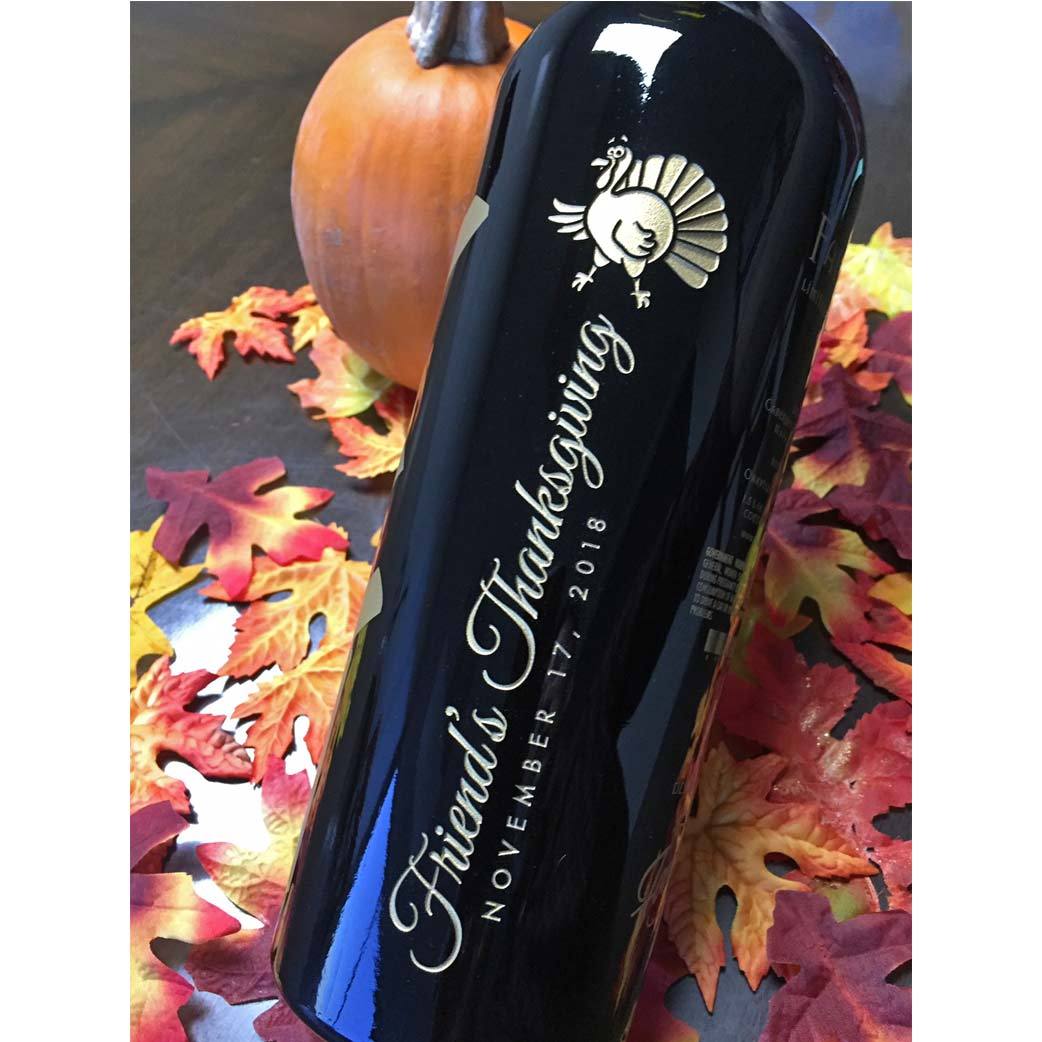How’d you do that?
We often get asked that question related to our custom etched wine bottles. People are amazed at the unexpected detail and quality. Often the reaction is one of curiosity about how they are created. So I thought we’d pull back the curtain a little and share how we create custom etched wine bottles.
We use a sand-carving etching method. This is basically sand blasting: Using an abrasive media under pressure to “carve” the glass. There are several etching methods such as mechanical, chemical and laser. We discuss these methods in another blog post which you can read here.
Our preferred method is sand-carving since it produces the best results for the purpose of custom decorating glass bottles.
The first step in etching is to have great artwork. Good results always come from good design. All art is converted to vector format. Vector is a digital format that allows for precise edges and scalable art. The art is printed on a transparency that is paired with a film. The design on the transparency and the film are then light exposed much like a film in a camera (see picture 1). The film is processed through a washing process, just like a film negative.

The film is then positioned on the glass and the protective cover is removed (2) leaving a rubbery mask on the glass. The mask contains the design and protects the glass. The rest of the bottle is then taped to protect it from overspray during the etching process (3).
The bottle is then placed in an etching cabinet for processing. This is a self-contained machine that keeps the abrasive media (“sand”) in an enclosed space while also protecting the technician during etching (3). The abrasive is projected out of a hose using high-pressure air--much like a garden hose only abrasive and air are directed out. Our machine is re-circulating, so the abrasive media is recycled many times over. The mask on the bottle protects the good parts of the glass while allowing the abrasive to cut into the parts of the glass that we want to transfer the design to (5).
Once etched, the bottles are hand painted. A huge advantage of sand carving is the depth that can be obtained into the glass. That’s why we call it “deep etching.” This creates enough of a recess to fill with paint, allowing for colorful designs (6). With other etching methods, such as laser etching—which only scratches the surface of the glass--so you don’t see same colorful results.
Finally the bottles are cleaned of excess paint, mask and tape residue and ready for presentation as just “the perfect gift.” Admittedly we are somewhat biased, but we think the end result is a beautiful custom keepsake.

